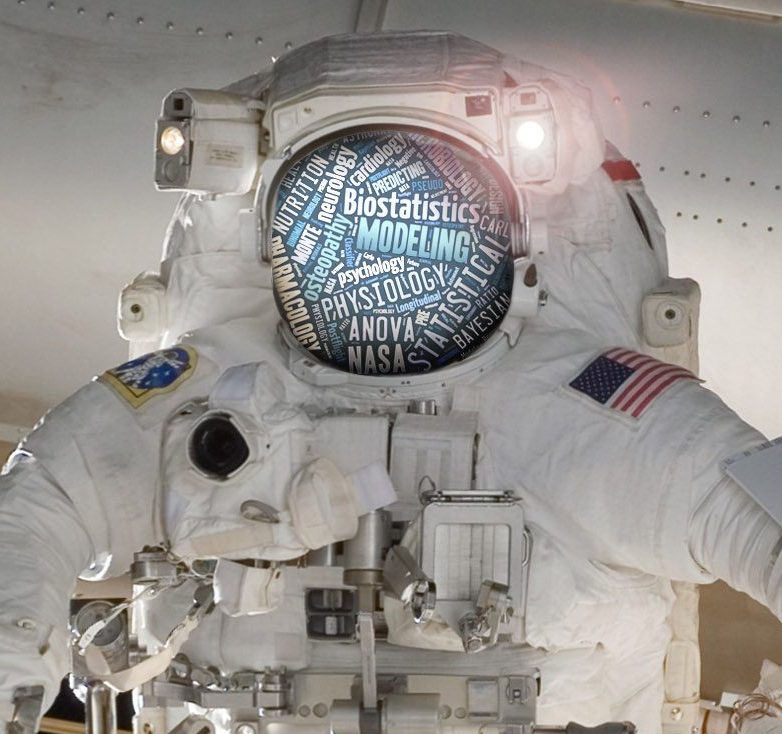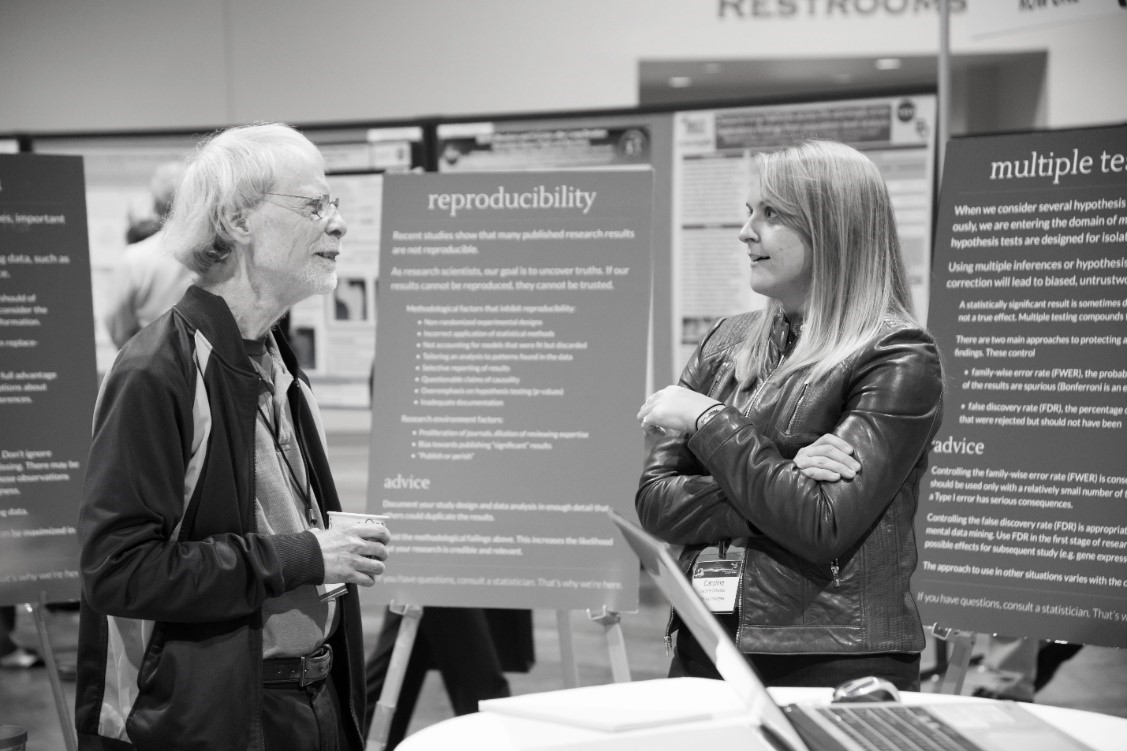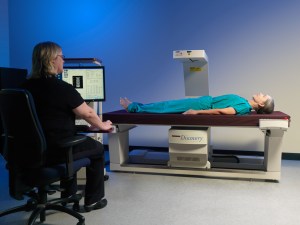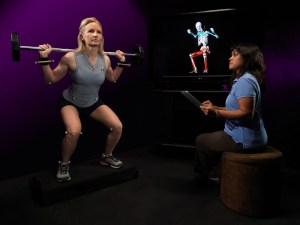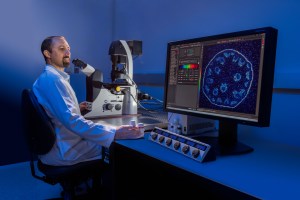Enabling Successful Research
A major aim of biomedical research at NASA is to acquire data to evaluate, understand, and assess the biomedical hazards of spaceflight and to develop effective countermeasures. The Biostatistics and Data Science (BaDS) team consists of researchers within the Human Health and Performance Directorate who apply methods of statistical science to NASA’s research and biomedical data. Members of the team collaborate with research and operational groups, ensuring their efforts produce results with statistical integrity and follow reproducible research principles.
Fun Fact: Did you know statistics is more than just means and standard deviations? Statistics is the science of collecting, analyzing, presenting and interpreting data. NASA depends on data to make decisions and statistics is crucial to making good decisions. Biostatistics and Data Science help transform data into evidence.
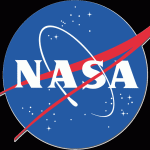
NASA
Data Science Support
Beyond statistics, the laboratory aids with wrangling and exploring data. Data wrangling includes extracting and transforming data in preparation for analysis and visualization. Data can come in many different formats, the BaDS team helps researchers harmonize (bring data sets together) information across sources. Exploration includes initial analysis and building informative visualizations to deepen the understanding of the evidence. Analyzing and interpreting data to produce insights follow.
Statistical Consulting Services
The BaDS team provides collaboration and consulting expertise to the Directorate in the application of statistical theory and practice to ongoing biomedical research. Laboratory personnel aid in the preparation of sections of research proposals that deal with experiment design, statistical modeling, and subsequent analysis of anticipated research data. Once data are gathered, BaDS statisticians assist with analysis, visualization, and interpretation of results so that investigators can extract the most information while maintaining statistical integrity. A BaDS statistician may be a co-investigator on a project requiring sophisticated statistical modeling and/or analysis techniques. Through collaboration, members of the BaDS team expand their knowledge base in such diverse medical fields as environmental physiology, osteopathy, neurology, pharmacology, microbiology, cardiology, nutrition, and psychology. To meet the unique data collected by NASA, statisticians may develop new techniques to address challenges such as small sample sizes of ISS studies, missing data, operational constraints, and novel measures of outcome.
Outreach
Collaborators with the BaDS team often reside within the Directorate, but statistics and data science support is extended to other organizations within the Johnson Space Center, including the Engineering Directorate, Human Resources, and the Education Office. The BaDS team also provides a venue wherein high school, undergraduate, and graduate interns can participate in the analysis and interpretation of NASA biomedical data. Students assigned to the BaDS team have a rare opportunity to gain real-world experience with research in a variety of biomedical fields.
Point of Contact
Millennia Young, PhD
David Guerra

























